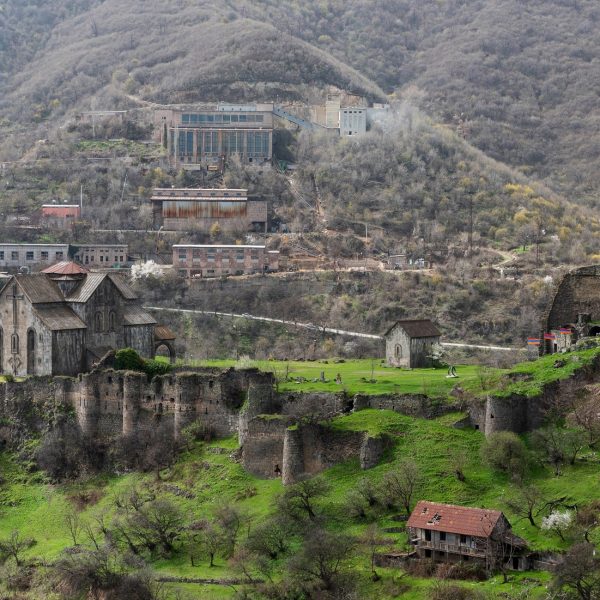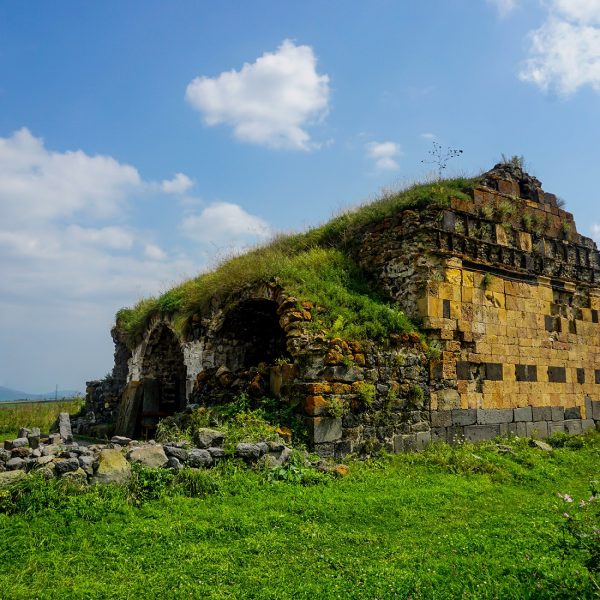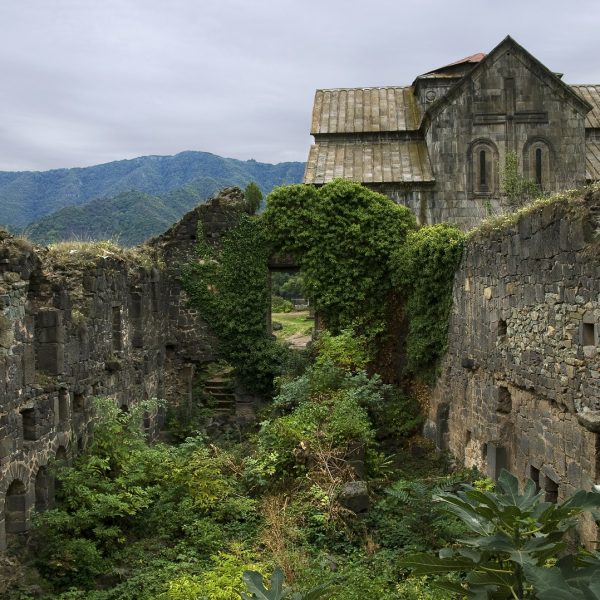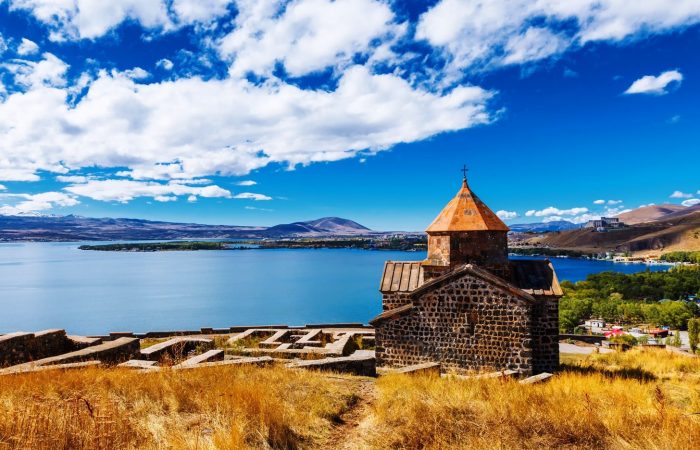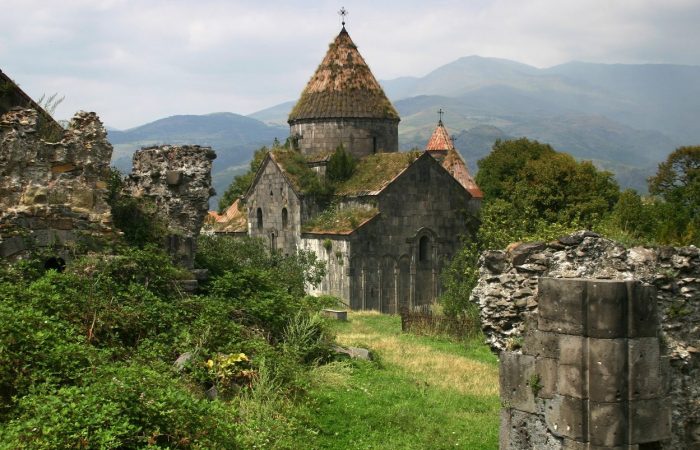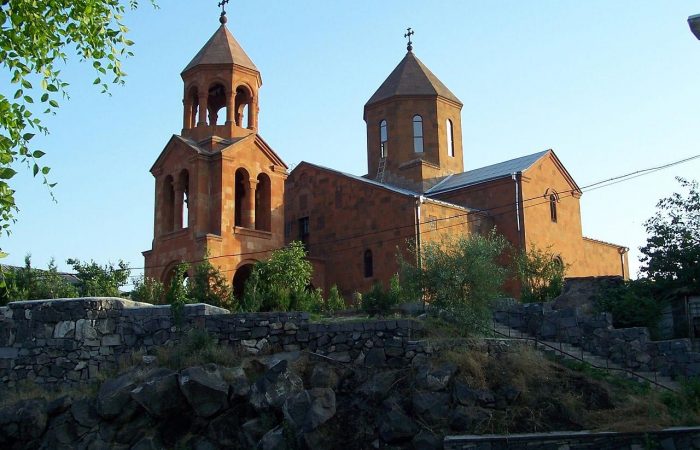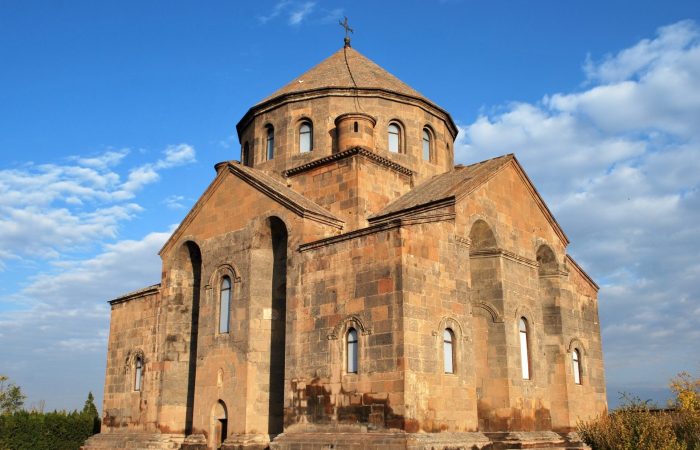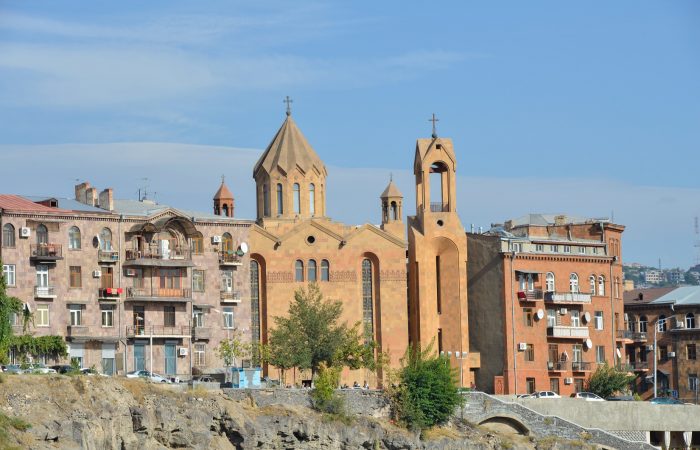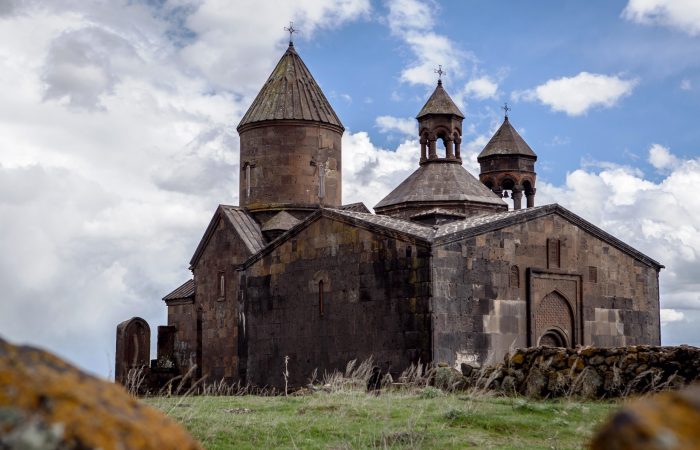Lori Fortress: General
Lori Fortress is located in Stepanavan, the second largest city in Lori province. The distance between capital Yerevan and Stepanavan makes up 139 kilometers. One thing to note about Stepanavan is that this city used to be a popular travel destination during the Soviet period but the disastrous Earthquake of Spitak city that occurred on December 7, 1988, had its consequences on this city as well. Presently, the city is reviving and it takes rather firm steps.
Lori Fortress: History
Lori Fortress was in all likelihood founded by David Anhoghin (Landless) in 1005-1020s. In case you are interested, why David inherited the throne of Lori Kingdom, and was nicknamed Landless because of his temporary loss of lands.
In 1068 Kyurike I turned Lori into the capital city of Kyurikyan Kingdom. Lori was an important trade center in medieval Armenia and with its routes it was connected to Ani, Dvin, and other cities. The area within the first wall of the city made up 9 hectares, and it served as a citadel. In 1105 Lori was captured by the Seljuks and in 1118 by Georgian troops.
In 1185 it passed to Sargis Zakaryan, and after his death to his two sons Ivaneh and Zakareh. The city was captured and destroyed by Mongols in 1236. The treasures of Shahnshah Zakaryan were plundered and the chapel-sepulcher to the wife of David Landless was ruined. In 1430 Lori passed to the Orbelyan Armenian noble family. In 1562-1734 Lori as an important military stronghold appeared under the control of Persians, Turks and sometimes Georgians.
At the end of the 18th century Lori lost its significance as a fortress and became just an ordinary fort where immigrants found shelter. In the Middle Ages the village bearing the name Lori was founded but in 1926-1930 it became deserted.
Lori Fortress: About
Lori Fortress includes an area of 35 hectares at the height of 1490 meters above sea level. The deep canyons of Dzoraget River and its tributary Miskhana have made the fortress inaccessible from three sides. To the south-west of the citadel there used to be a 214 meters long wall with round and rectangular towers.
The only entrance to the fortress is at the north-western corner of the wall. In some places the width of the wall used to be 20 meters and the height 20-25 meters. Around 500 meters north-west of the citadel’s wall there once stretched the city wall, which presently is almost not preserved. Besides the natural barriers there were also artificial barricades.
Lori Fortress: Excavations
Studies have been conducted in Lori since 1966. Two baths dating to the 11th-12th centuries were uncovered. One of them includes a changing room, three swimming halls, a furnace and a cold water tank and the second had a changing room and a swimming hall. A two-storied royal structure only the first floor of which is preserved and two swimming pools were as well uncovered. The water level of the pools was regulated with a corresponding pipe.
The chapel-sepulcher attributed to the wife of David Landless was excavated. Inside it had four crossing arches lying on four pairs of pilasters. In the place the four arches crossed, there rose the dome. The mausoleums found at Lori Fortress are amazing. They belonged to high-ranking people of the 8th-6th centuries BC. Those mausoleums include unique items from the Kingdom of Van, Persia, Scythia as well as Mediterranean countries. One of those items represents a triangle with the one end pointing upwards. It symbolizes male beginning, phallus and fire. The value and uniqueness of these items is explained by the fact they were found only at this fortress.

